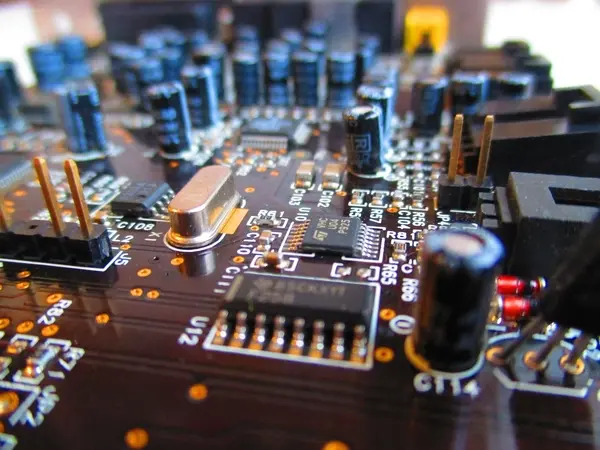When a new electronic device fails, the culprit is often the materials inside it. From smartphones to medical devices, every component relies on materials that can handle electrical loads, heat, and environmental stress. Choosing the wrong materials doesn’t just affect performance, it can lead to costly recalls or safety risks. This post details understanding material properties, the role of substrate selection, and more.
Understanding Material Properties
Every electronic device relies on materials with specific electrical and thermal properties. Conductive materials such as copper ensure efficient current flow, while insulating materials prevent short circuits. The choice of dielectric material impacts signal integrity and transmission speed. Evaluating these properties early in the design process ensures that the final product meets performance standards.
The Role of Substrate Selection
The substrate is the “backbone” of any electronic assembly. It provides structural support and insulation for conductive pathways. Many devices use FR-4 due to its reliability and affordability.
High temperature applications may demand polyimide, while high-frequency designs often benefit from certain substrates. Knowing the strengths of each substrate allows engineers to prevent signal loss and extend device life.
Environmental Considerations in Material Selection
Modern electronics must withstand multiple environmental conditions, from extreme heat to high humidity. Materials exposed to these elements can degrade over time if not properly selected. Moisture-resistant laminates and corrosion-resistant conductive coating help protect devices in challenging environments. Considering environmental factors during material selection ensures reliable operation across different climates and applications.
Conductive Materials Decide Your Device’s Efficiency
Conductive materials determine how effectively your device transfers current. Copper dominates the industry due to its excellent conductivity and cost-effectiveness. In harsh or high-precision environments, silver or gold finishes are often used due to their corrosion resistance. Collaborating with an experienced printed circuit manufacturer ensures that your conductive paths are properly designed to handle current without overheating or degrading.
Thermal Management is Non-Negotiable
Heat is one of the biggest threats to electronics reliability. Materials with poor thermal performance can lead to overheating and system failure. Thermal interface materials, such as pads or pastes, help transfer heat to the heat sinks efficiently.
Substrates with high thermal conductivity can also prevent hotspots in sensitive components. Effective thermal management is essential in high-power or compact devices where heat dissipation is limited.
Avoiding Common Material Mistakes
Choosing the wrong materials can result in reduced lifespan and unexpected failures. Low-quality laminates may warp under heat, causing misalignment or broken connections. Inadequate dielectric properties can lead to signal loss and noise issues.
Engineers should verify that materials comply with relevant industry standards before mass production. Partnering with suppliers who provide certified material specifications reduces these risks.
Testing and Quality Assurance
Material testing ensures that performance expectations are met before products reach the market. Electrical testing checks conductivity, while thermal cycling tests evaluate heat resistance. Environmental testing simulates conditions such as humidity and vibration to verify durability.
Incorporating these tests in the design process helps detect weaknesses early. Consistent quality assurance strengthens product reliability and builds customer trust.
Conclusion
The reliability of any electronic device begins with smart material choices. By carefully selecting substrates, conductive elements, and thermal solutions, engineers can prevent failure and extend product lifespan. Considering environmental stress and testing thoroughly ensures your devices are ready for real-world performance. In the fast-moving electronics market, thoughtful material selection is your most reliable insurance against failure.
Types of Resistors with Symbol, Classification and Applications
How Billboard Manufacturers Are Innovating Outdoor Advertising
Best Driveway Lights to Enhance Your Home’s Safety and Style

